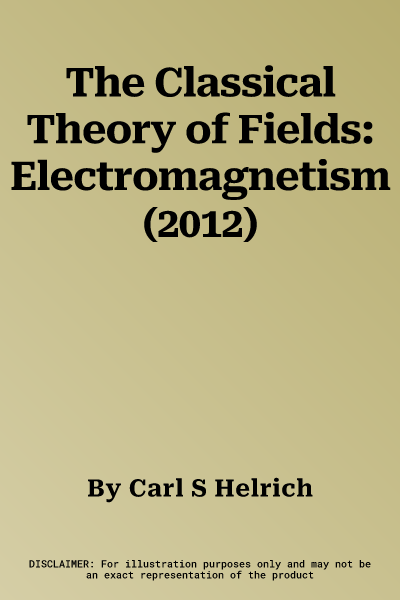Carl S Helrich
(Author)The Classical Theory of Fields: Electromagnetism (2012)Paperback - 2012, 22 February 2014

Qty
1
Turbo
Ships in 2 - 3 days
In Stock
Free Delivery
Cash on Delivery
15 Days
Free Returns
Secure Checkout
Part of Series
Graduate Texts in Physics
Print Length
446 pages
Language
English
Publisher
Springer
Date Published
22 Feb 2014
ISBN-10
3642442382
ISBN-13
9783642442384
Description
Product Details
Author:
Book Edition:
2012
Book Format:
Paperback
Country of Origin:
NL
Date Published:
22 February 2014
Dimensions:
23.39 x
15.6 x
2.36 cm
ISBN-10:
3642442382
ISBN-13:
9783642442384
Language:
English
Location:
Berlin, Heidelberg
Pages:
446
Publisher:
Series:
Weight:
639.56 gm

